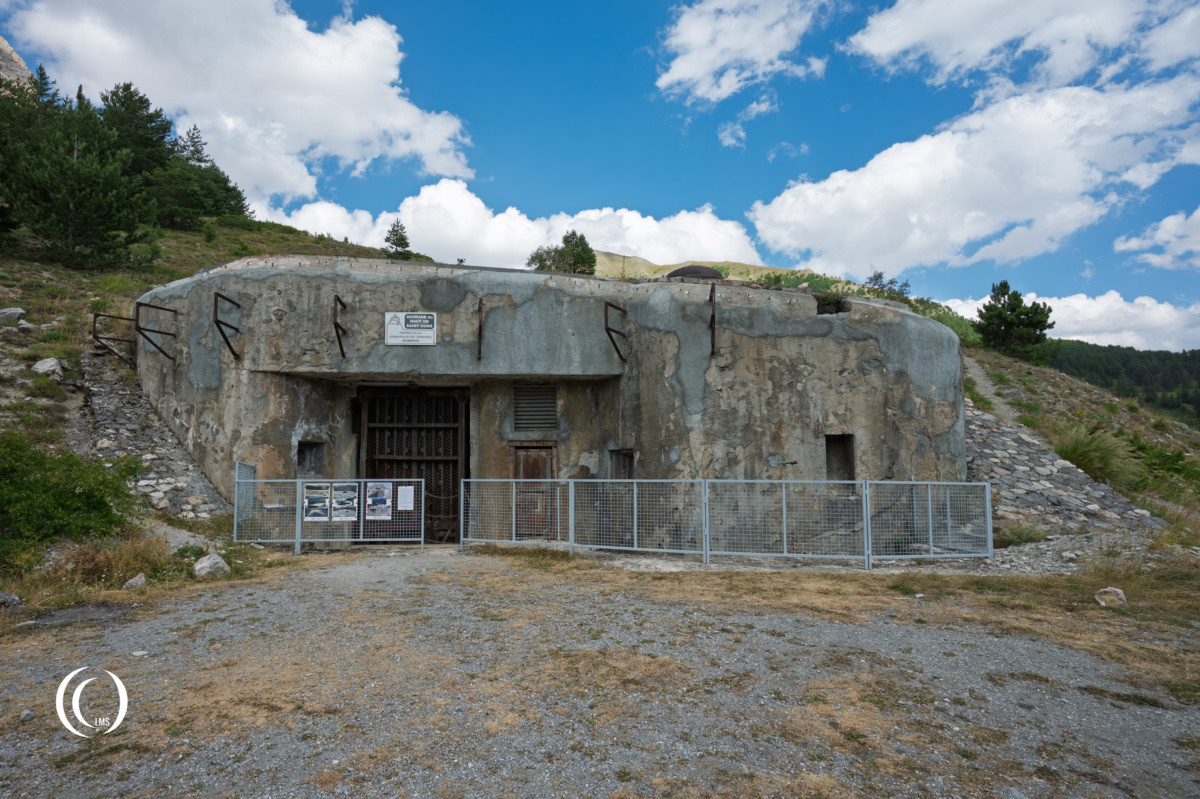
Ouvrage de Saint-Ours Haut is a Gros Ouvrage (GO) of the French Alpine Line a.k.a. the “Little Maginot Line” in the Fortified Sector of the Dauphiné. The work is composed of a total of five blocks interconnected by a subterranean system of galleries with 1.800 square meters of living area comprised of a kitchen, water supply, power plant, air filter system, dormitories, infirmary, ammunition storage, washing facilities and toilets.
During the Invasion of France in World War Two GO Saint-Ours Haut was manned by a total of 233 men and 11 officers of the 83rd Alpine Fortress Battalion (BAF).
The purpose of the fortification was to protect the nearby Ouvrage Roche-la-Croix and to guard the Ubayette valley below and deny an invading army access over the road leading from Col de Larche.
Construction
With a growing threat from Mussolini’s fascist regime making claims of French territory, France decides to upgrade and expand its fortifications in the Alps on the border with Italy. The construction of Ouvrage de Saint-Ours Haut started in 1930 and was finished in 1936, although the work will demand extra construction challenges in 1937 and 1939 due to it’s geological location on a hill side.
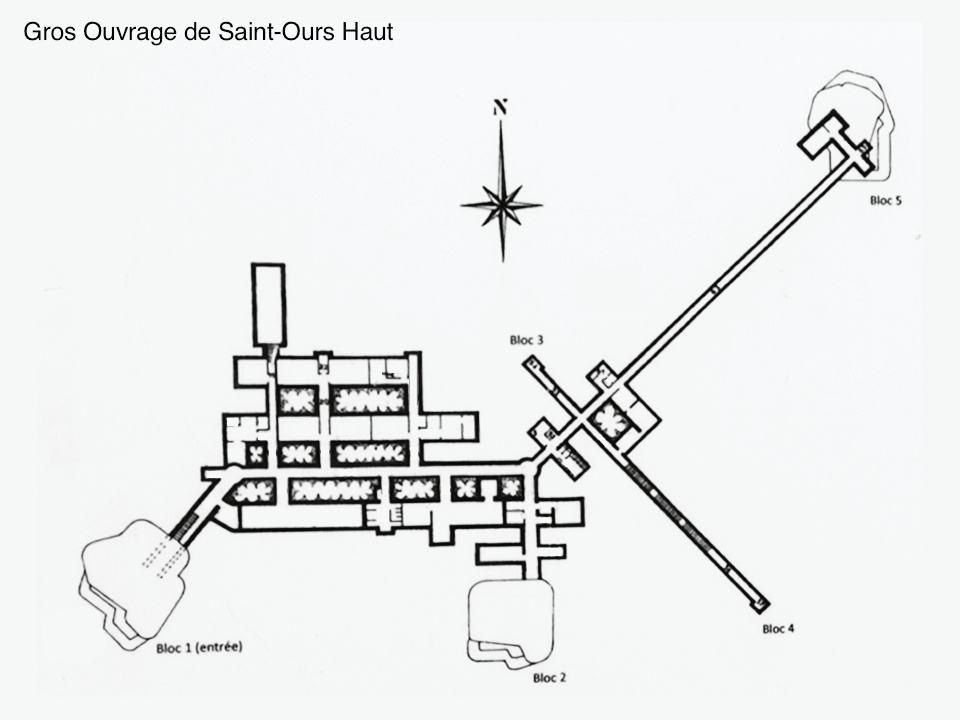
After the tensions with neighbouring Italy relaxed somewhat following the Stresa conference in 1935, budgets for the fortification of the Alps were cut back. This lead to the prioritisation of construction activities only for works that were nearing completion, like GO de Saint-Ours Haut, in favour of the works at Restefond that were behind schedule.
History
The Italian Invasion of France
Following Hitler’s invasion of France in the North, Mussolini declared war against France on June 10th 1940. From the 16th of June of the same year, Italian forces attempted to invade France through the Alps. This is also known as the First Battle of the Alps.
During the First Battle of the Alps, Ouvrage Saint-Ours Haut played an important role in denying the Italian troops further advance into the region on the 24th of June 1940. Together with Ouvrage Roche-la-Croix, Saint-Ours Haut bombarded the enemy troops with a rain of fire from its 75mm guns and 81mm mortars, forcing them to break off their advance.

Unfortunately, the French-Italian armistice becoming effective on the 25th of June 1940 caused the surrender of the Alpine Line, after which the Italian forces began to occupy and disarm the works.
When Italy surrendered to the Allies on September 8th 1943, the German Army took over the Alpine positions.
Liberation of France
On the 22nd of April 1945, the Germans evacuated Saint Ours Haut during the night. The fortifications were occupied by the Free French Forces the day after.
After World War Two
After WW2 the Alpine line was given a medium priority for military reuse. Some of the works were made operational again in the 1950’s during the Cold War. But with France’s acquisition of nuclear weapons, the effectiveness of the defensive line as a whole was called into question. Towards the start of the 1970s, most of the fortifications were abandoned by the military.
Block 1 – Entrance

This is a mixed entrance block, meaning it can be used for ammunition and supplies as well as infantry. The block has an early type Alpine line entrance using a steel drawbridge and an armoured door.
The block is armed with a heavy twin machine gun embrasure (pairing Reibel MAC 31 machine guns), an FM front defense slot, a GFM bell type A, a grenade launcher and two grenade chutes for close quarters defense.
As Block 1 also functioned as the Command Center, it was equipped with an ER-50 Watt wireless radiotelegraph (TSF) for communication with the other works in the area. The metal brackets visible above the front facade are mounts for the antenna wire.
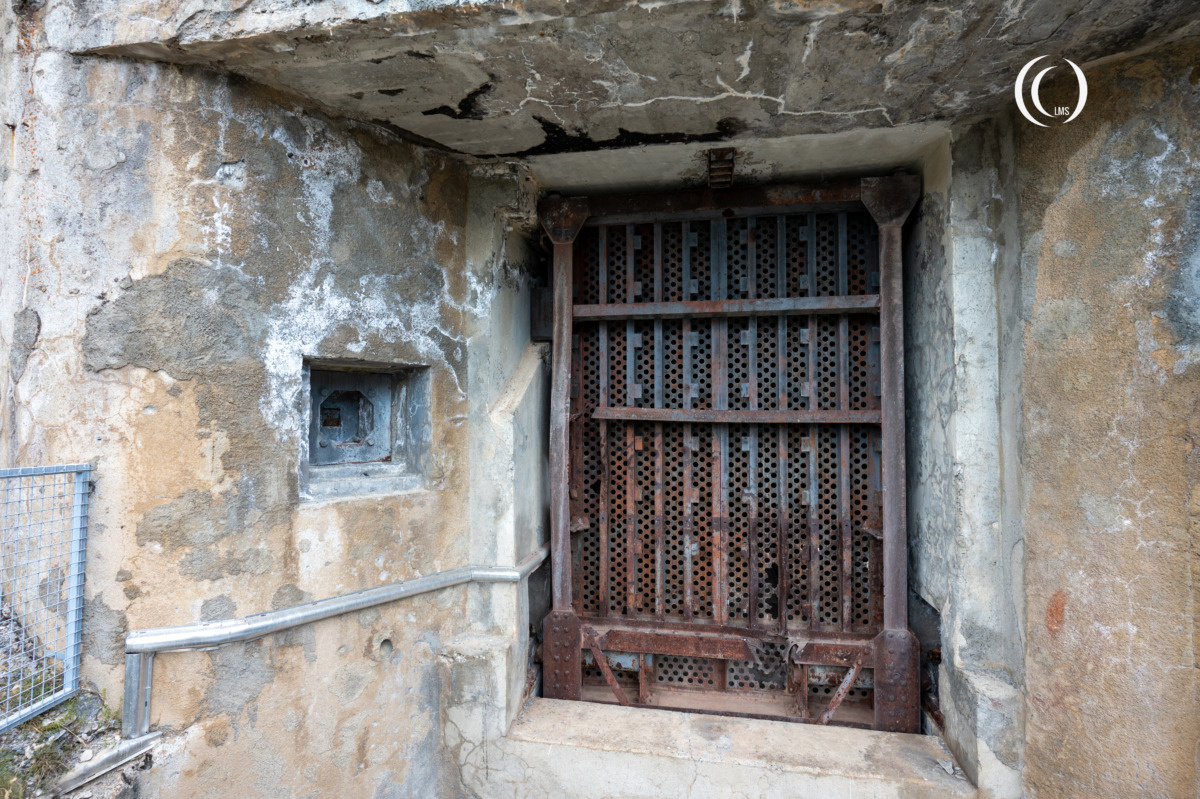
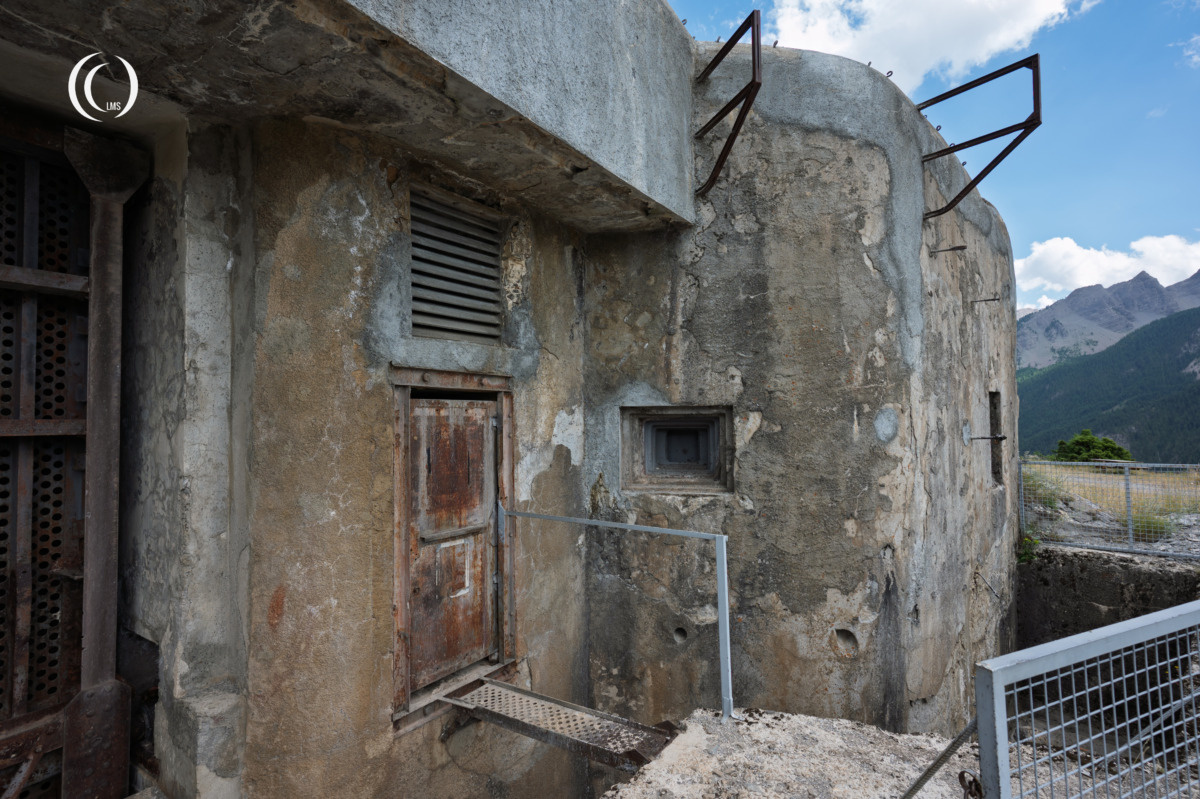
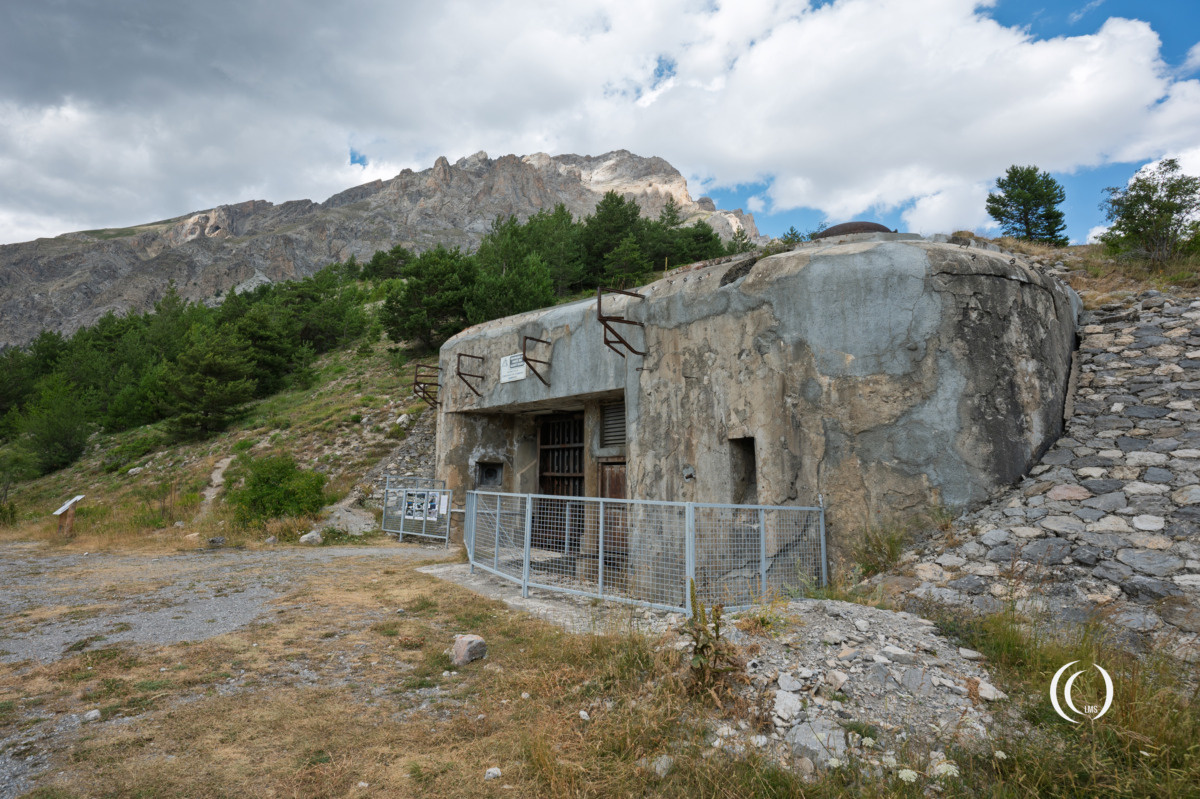
Block 2 – Artillery Casemate

This artillery block protects the flank of Ouvrage Roche-la-Croix on the other side of the Ubayette valley and provides the power to control it with mortar fire. The block is fitted with two 50mm, one 75mm and two 81mm mortars. For further defense the block has a Reibel MAC 31 MG slot, an FM slot (above 50mm mortar) and two grenade chutes. At the bottom of the diamond ditch it has an emergency exit.




Block 3 – Artillery Observatory

This observer block is mostly covered underneath the soil, with a GFM type A cloche (bell) sticking out in the center of the work.

Block 4 – Artillery Observatory
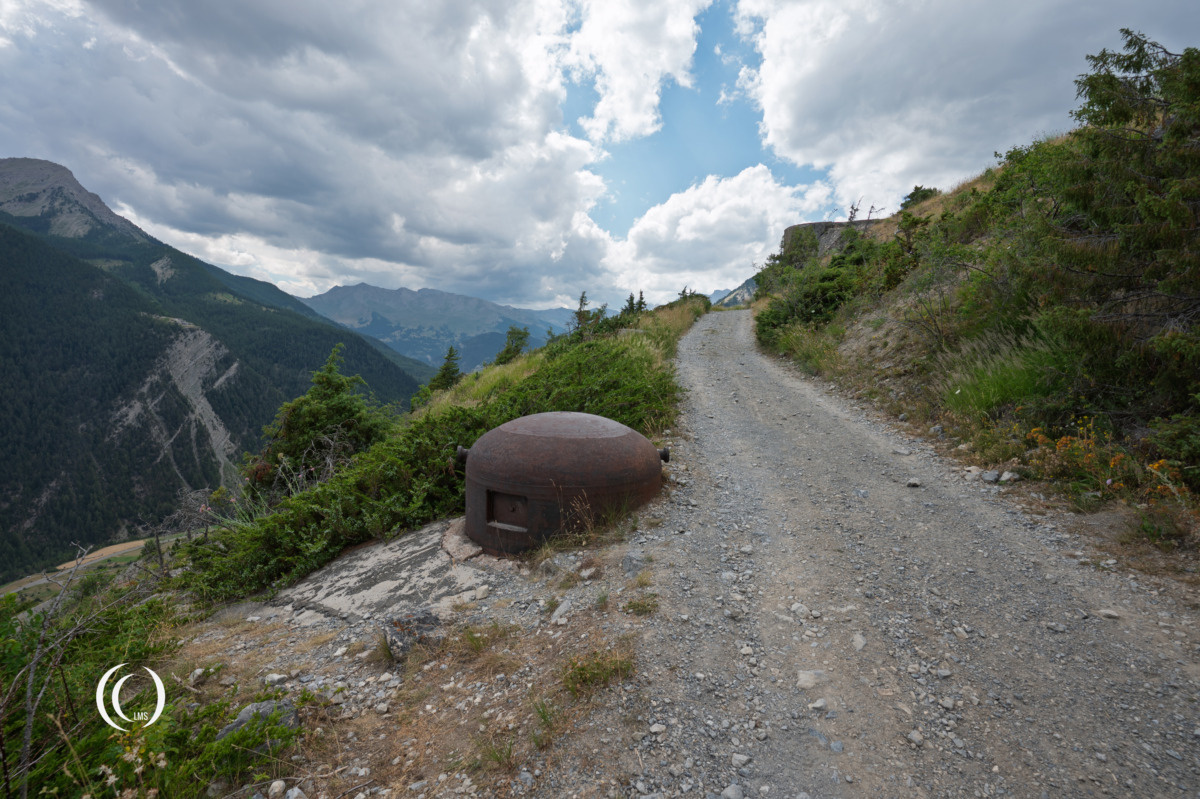
This block is also mostly covered in the mountain side, a little lower and more towards the Ubayette valley. The GFM type A bell with J2 periscope provides a good view towards its neighbour Roche-la-Croix and the valley below.
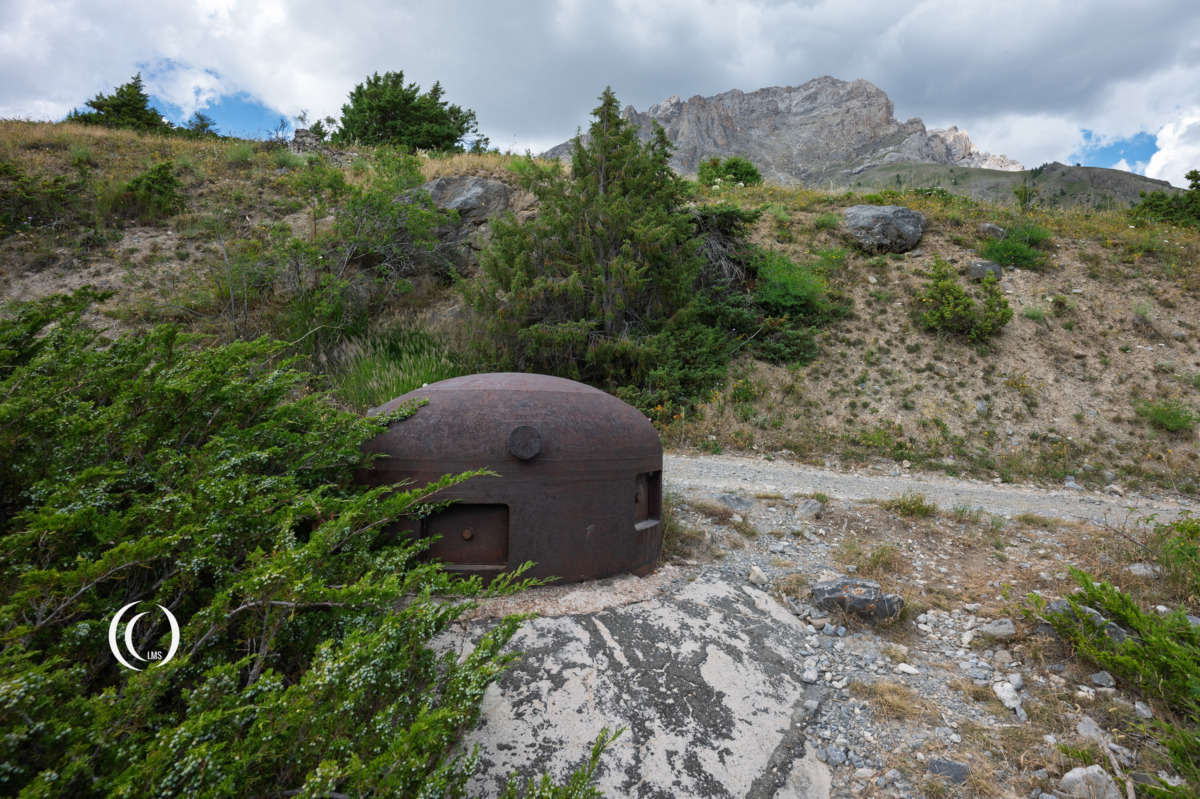
Block 5 – Mixed Casemate

This block guards the Northeast flank of the work covering the Mallemort plateau, the Pines ravine and the Viraysse road. The block is armed with two 81mm mortars and two Reibel MAC 31 machine gun lots to control the Mallemort plateau, one Reibel MAC 31 machine gun slot directed towards the Pinet ravine, a 50mm mortar directed South, a GFM cloche type A and finally three grenade chutes. Like block 2 it also has a diamond ditch with an emergency exit at the bottom.







Saint-Ours Haut today
Ouvrage Saint-Ours Haut is being restored and is part of the Museum of Saint-Ours-Bas down in the Ubayette valley.
Visit
During the summer months the fortifications can be visited on certain days. For more information or visiting hours please check the museum website.